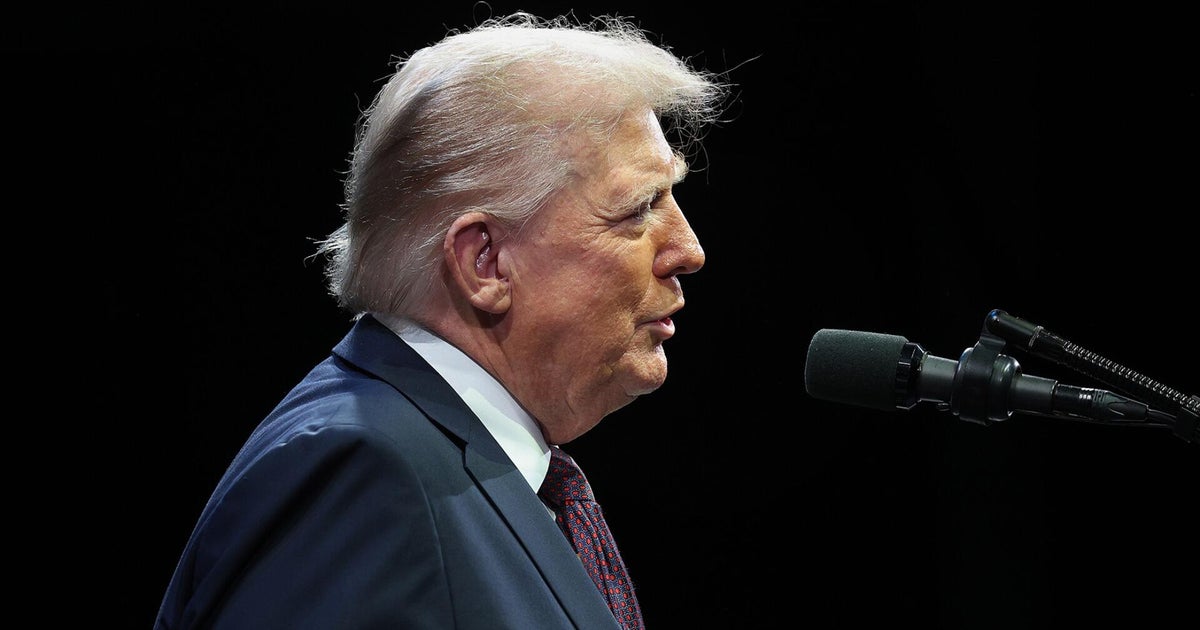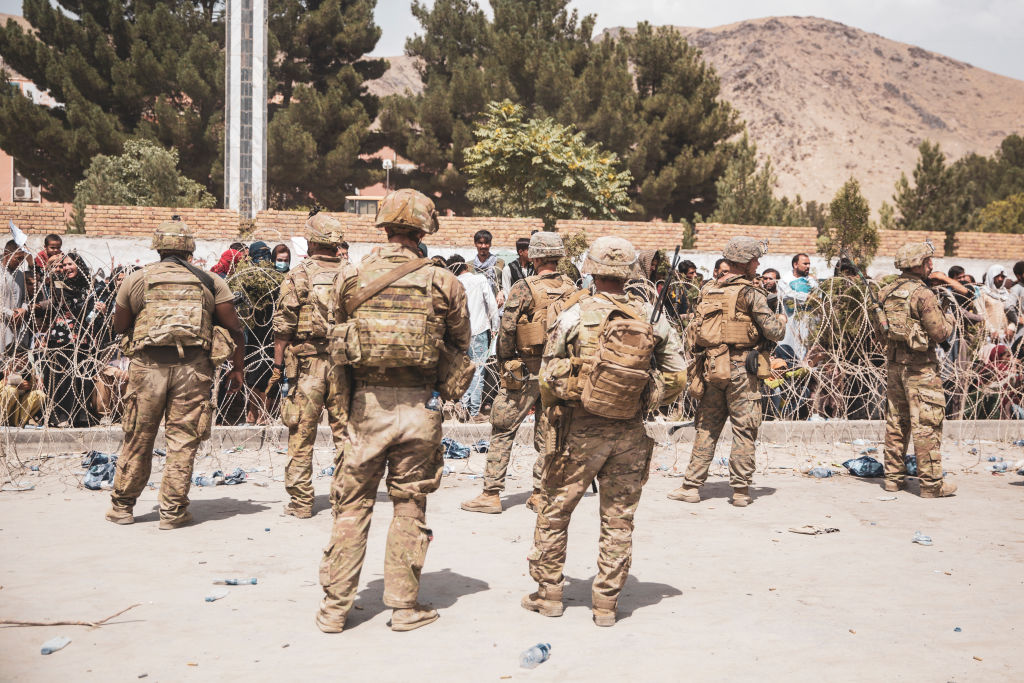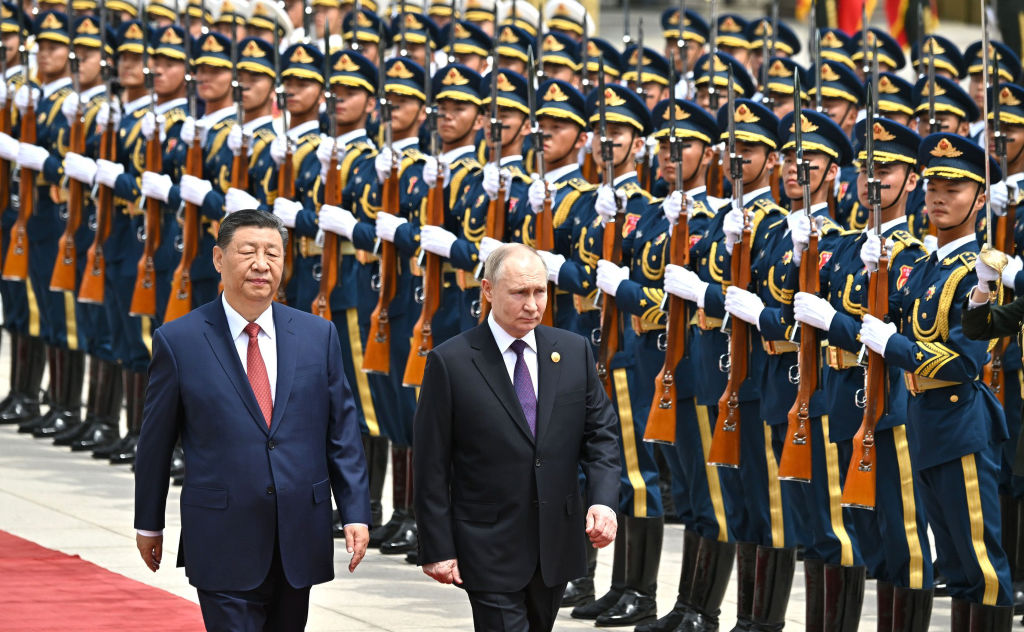Ghost Army survivor reflects on WWII deception operation: "We were good"
In the weeks following D-Day, America and its allies deployed over 2 million troops into France, including a first-of-its-kind, top-secret U.S. military unit with a unique mission: to trick the Germans into chasing fake targets. Known as the Ghost Army, this unit's efforts 80 years ago marked the beginning of the end for Adolf Hitler.
Seymour Nussenbaum, one of the last surviving members of the Ghost Army, described the mission as one designed to "drive the Germans crazy." Recruited directly out of art school in New York City, Nussenbaum and his fellow soldiers set up fake Jeeps, tanks and planes in France, never sure if their tactics would work.
After D-Day, German spy planes closely monitored American movements across France, planning counter-strikes to halt the Allied advance. However, many of the American tanks spotted from the air were actually 93-pound inflatable dummies, part of a special battalion that also transmitted fake radio calls and broadcast deceptive audio over loudspeakers simulating the movements of tanks.
"They didn't see us because it was at night, but if they have, I mean, that would've been the end of us," said Nussenbaum.
Nussenbaum landed on Omaha Beach about two weeks after D-Day.
"It was kind of bedlam, it was all messed up. There were still bodies floating in the bay," he said.
For 50 years, the work of the Ghost Army remained a military secret. When people asked what he did in the military, Nussenbaum would simply say, "I blew up tanks," he said.
On this 80th anniversary of D-Day, Nussenbaum, now 101 years old, said the most important events in his life were meeting his wife, having children and grandchildren, and having a good career.
He offered his own explanation of why the Ghost Army was successful.
"Because we were good," he said.
The Ghost Army's operations were not without risk. Drawing the enemy's attention often meant they were targeted by German attacks. Three Ghost Army soldiers were killed, and dozens wounded carrying out their missions, according to The Ghost Army Legacy Project.
Curator Chase Tomlin at The National World War II Museum in New Orleans showcased shrapnel saved by a Ghost Army veteran as evidence of these dangers. Tomlin said the shrapnel represents the dangers the unit faced while on the front lines as enemy artillery was shot at them.
The Ghost Army was only made up of 1,100 men, but Tomlin said it could simulate the presence of 30,000 troops. The U.S. Army estimates that the diversions saved between 15,000-30,000 American soldiers' lives.
"That's one of the takeaways here is, you know, you're knowingly putting yourself in danger," Tomlin said. "You're intentionally drawing enemy artillery fire ... It's dangerous work and a lot of them just kind of dealt with it."
Today, the Ghost Army's legacy is preserved at the National World War II Museum, which has a traveling exhibit displaying some of the inflatables used to fool the Germans. Earlier this year, the remaining veterans of the Ghost Army received the Congressional Gold Medal, one of America's highest honors.






